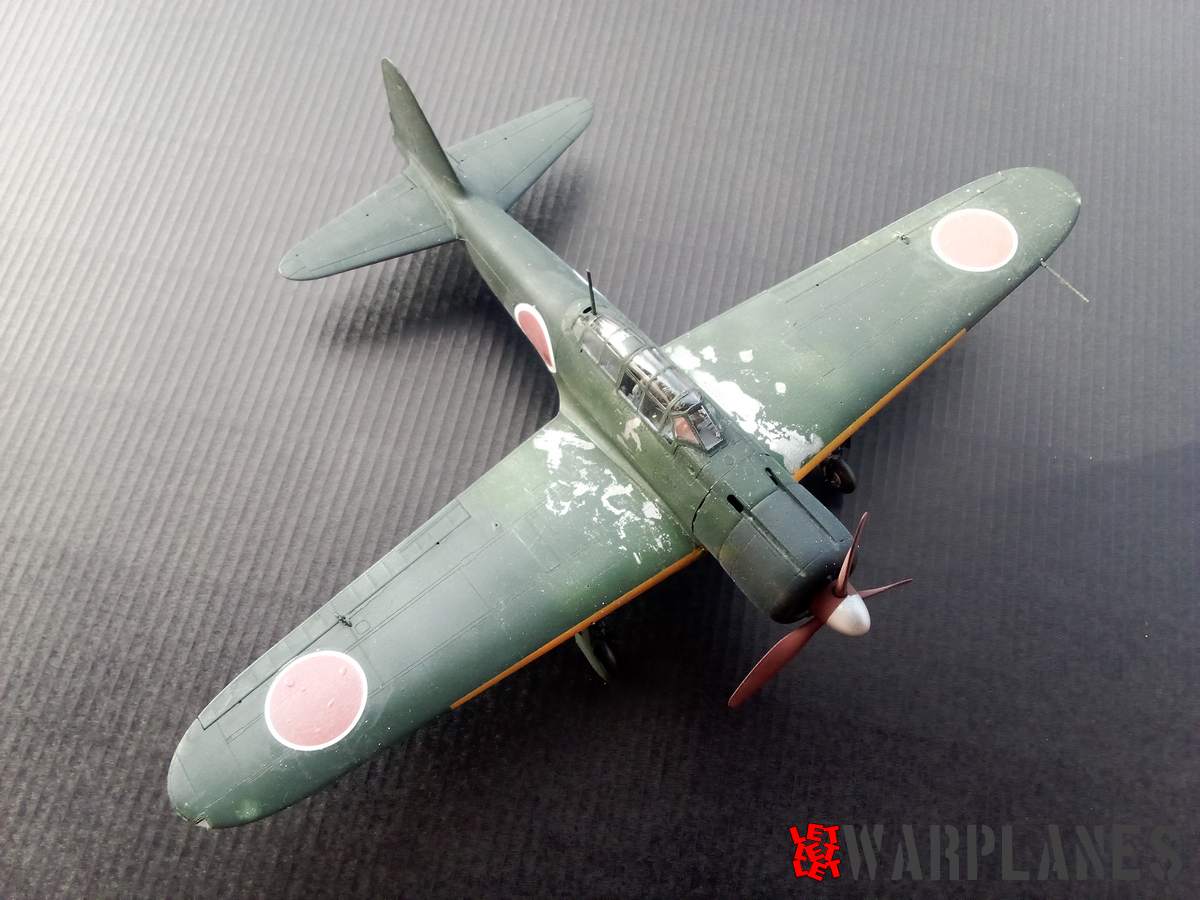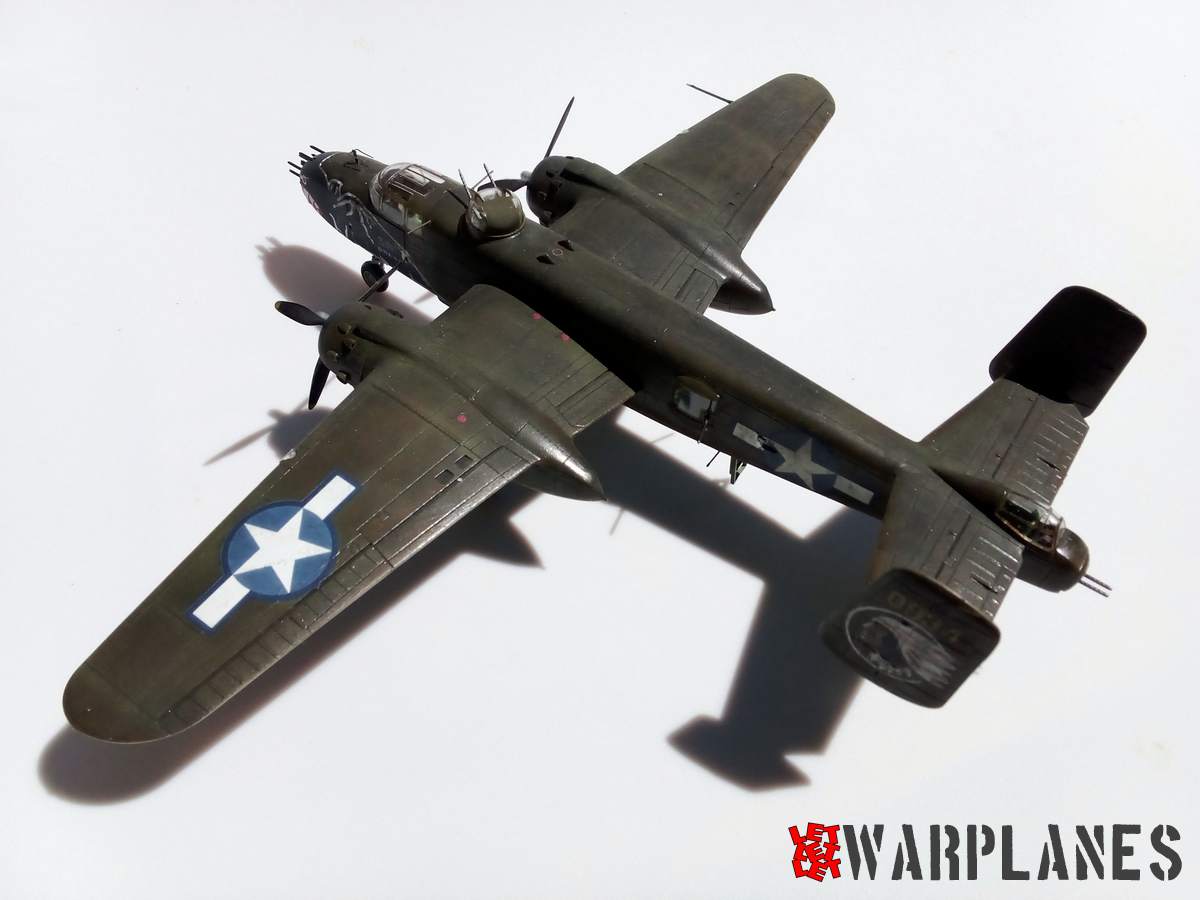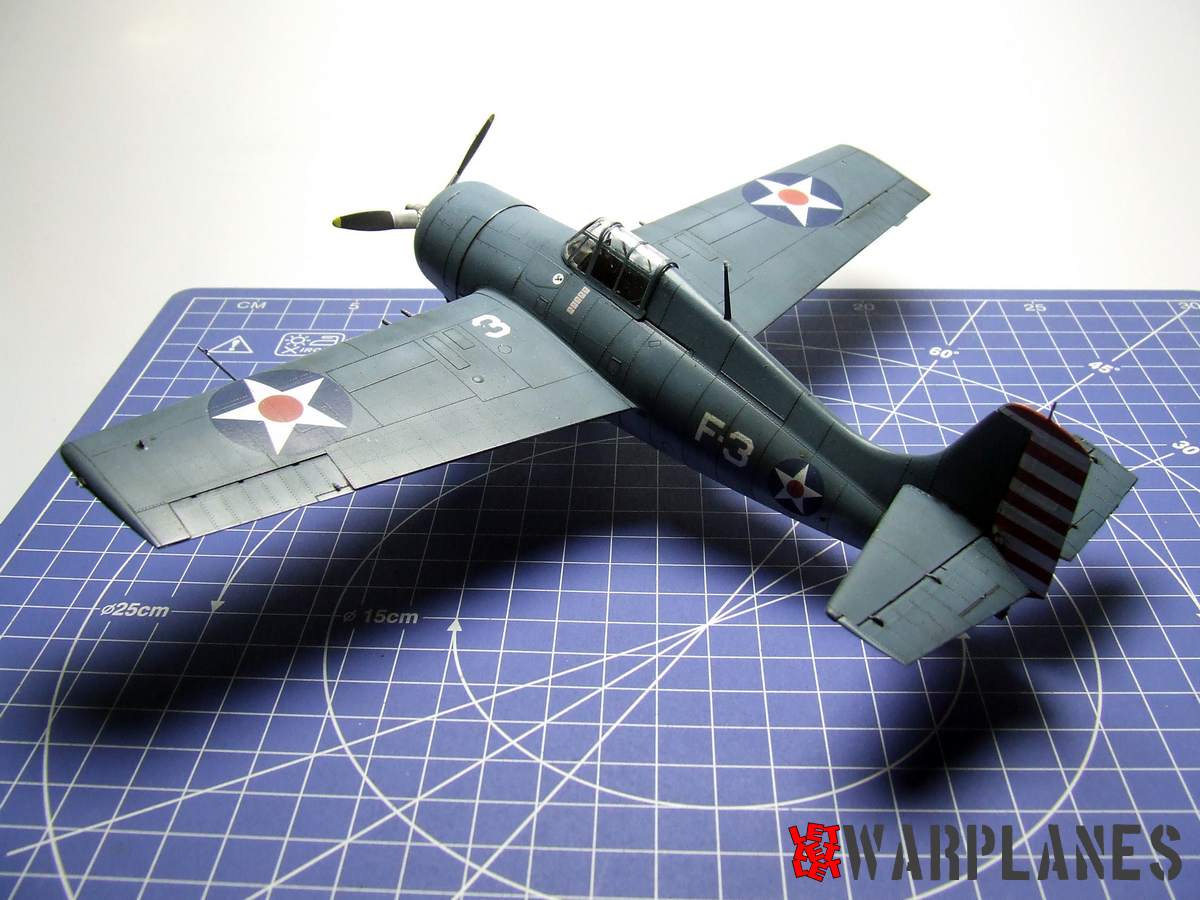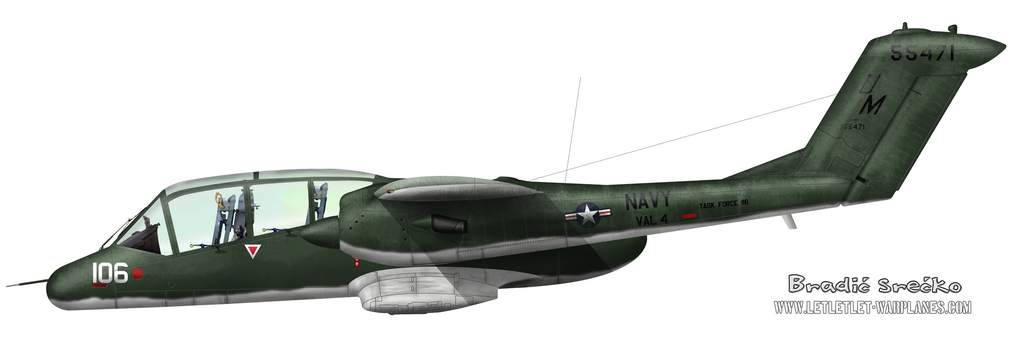Albatros D.V in 1/72, Eduard ‘Weekend Edition’ kit no. 7402
Advancing from D.II to D.III, Albatros’ engineer Robert Thelen kept good fuselage of D.II and had changed wings to known Nieuports’ sesquiplane style with V-struts. Unfortunately he coppied also weakness of this wing form, and it required careful piloting to avoid the risk of wing failures… When in beginning of 1917. D.III type became obsolete comparing to new allied fighters S.E.5 and Spad VII, German Inspektion der Fliegertruppen (Idflieg) required it to be improved. Thelen now kept successful wing form and created new fuselage, with elliptical cross-section. Only change to the wings was a revised linkage of the aileron cables. He also kept 170 hp Mercedes D.IIIa engine and changed the rudder to OAW-built type.
New type entered service in May 1917, but offered very little improvement in performance, and many pilots preferred the older D.III. After facing further wing-failures and bad maneuvering, Albatros improved D.V to D.Va by going back to the D.III’s aileron cable linkage to improve control, and designing reinforced fuselage, stronger wing spars and heavier wing ribs.
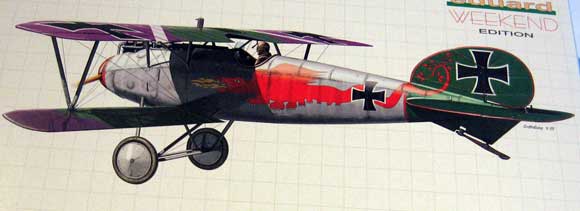
Although not a top-class fighter because of structural problems, D.Va had no true alternative because of problems with other fighter-types (namely Fokker Dr.I and Pfalz D.III) until the summer of 1918, when Fokker D.VII entered service.
Production of Albatros D.V/D.Va continued until April 1918, and this type was in use until the end of the war.
The kit:
Eduard’s Albatros D.V Weekend Edition in 1/72 (kit No. 7402) comes from a long line of their previous issues, limiting a modeler to one painting option but giving a possibility for a quick (‘weekend’) build.
Box contents 32 plastic parts on one sprue, decal set for one option and b/w instruction sheet.
Plastic is nice, with no flash, and only ejector pin marks on the kit itself – on the inside of the fuselage are not a problem – once the kit is finished these can’t be seen.
The outside of the fuselage has fine recessed panel lines and raised access panels. The wings have a nice ribbed detail and with some weathering will look rather good.
Cockpit area is almost empty, except for the floor with controls, some raised side details and (unfortunately erroneous) control column. This area is the only down side of the kit, considering the fact that there’s a lot of pictures showing interior details. Eduard could do a better job here (apart from PE parts that could be obtained separately). Now it’s up to the modeler to do some scratchbuilding of control panel, floor compass… Level of detailing is, of course, up to you…
Another missing part, and this stands for all kits in this line, is cockpit glass – it is even shown on painting guide…
From my previous experience with this model, I believe there’s not going to be fit problems, as this requires minimum or no putty at all. I’ll address this later, when start building.
Instructions:
Instructions are given on a folded A-4 paper, with b/w painting guide. My copy is poor, so one should take good care of painting and decal positioning. Luckily color profiles are given on the side of the box, so this might help… There is also possibility of downloading colour instruction sheet from Eduards’ web page.
Paint/Decal option:
On the better side, this kit contains decals for Oberleutnant Richard Flashar’s mount, D.2065/17, commanding Officer of Jasta 5 (and later commander of JG2). On this plane the entire fuselage was painted light grey, tail surfaces were bright green with red trim to it, and red dragon on both sides comes to further enhance the looks.
The red trim around the tail surfaces are decals, and the decal film is very wide. This makes strips useful as they will not fold up. Dragon is given as three piece affair, so some careful positioning would be required.
Conclusion:
On the plus side is excellent plastic, with nice level of details, with interesting paint option.
On the minus side, I wish Eduard had given more effort to cockpit detail, including windshield… Anyway, I’m going to enjoy this build and shall recommend this product to all modelers with love to WWI period and little time to spare for their building… You can buy kit direct here!
Zoran Jakovljevic
Sample kit is provided by Jan Zdiarski from Eduard













